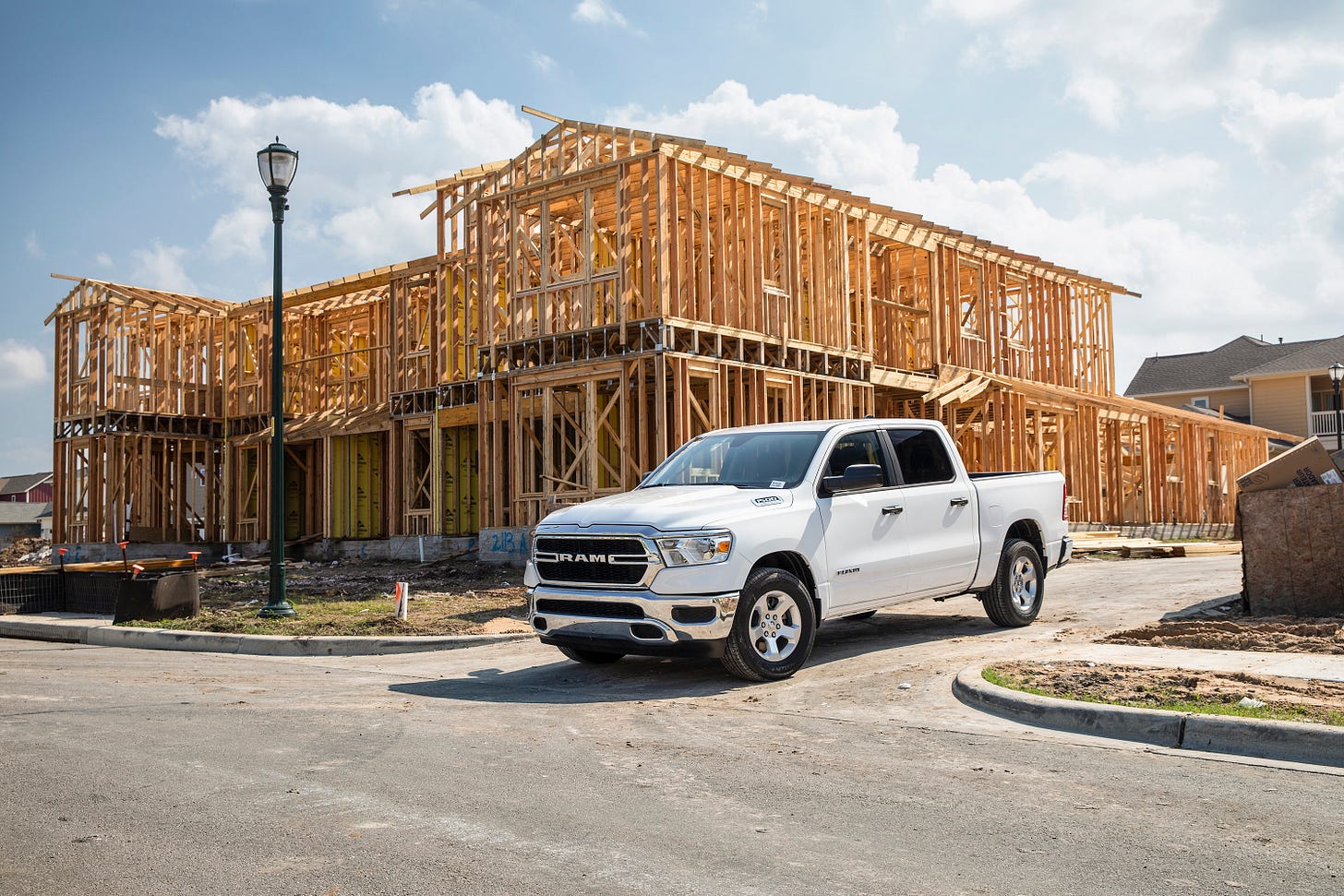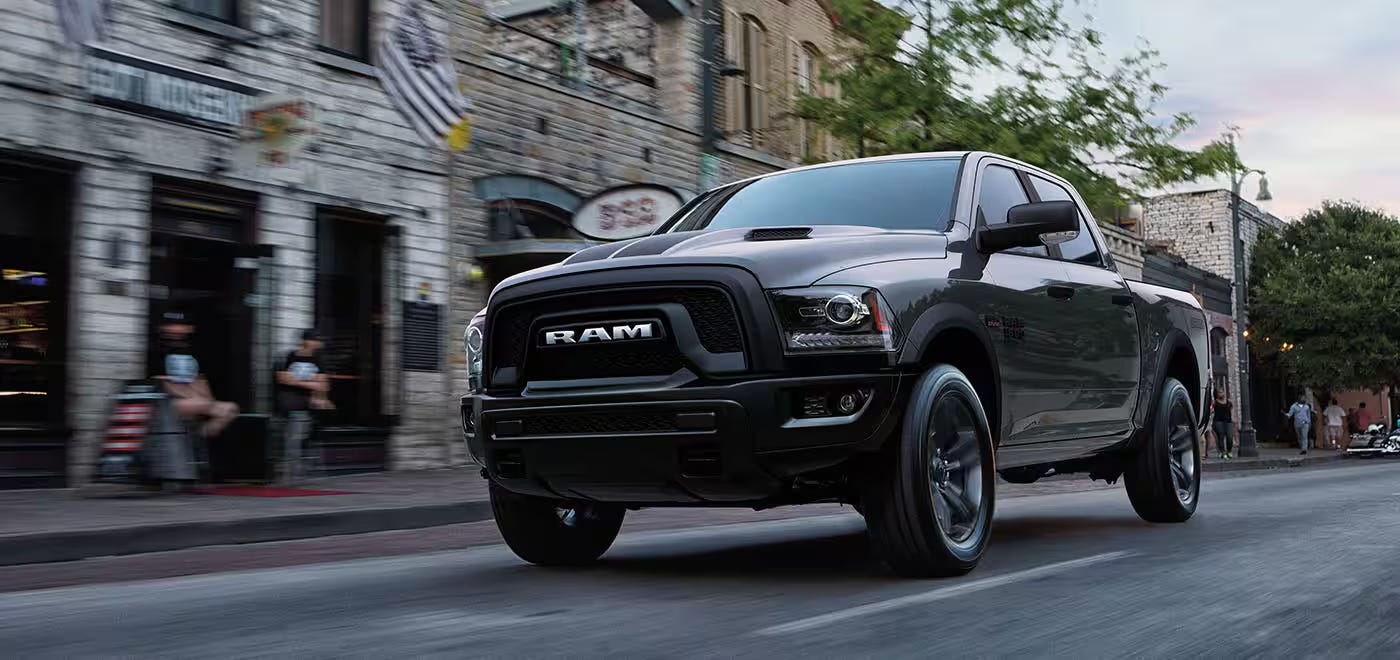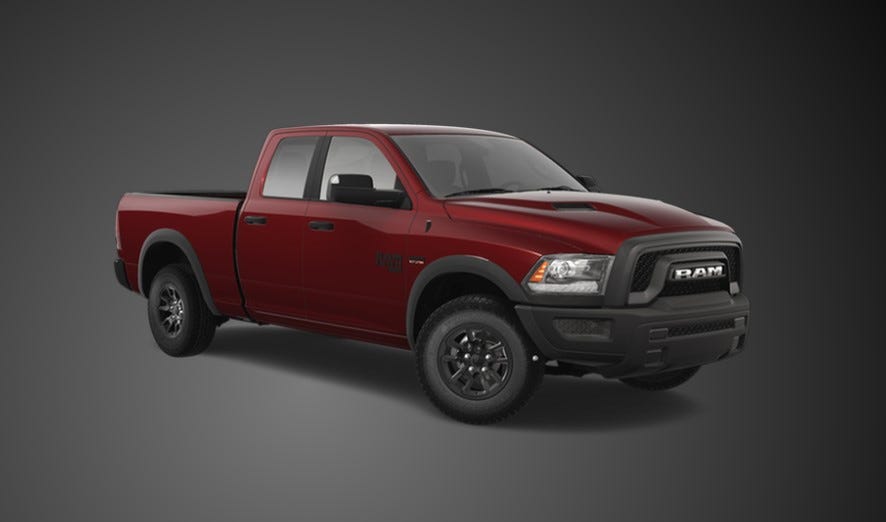Stellantis says goodbye to the one good idea it had in the last 20 years: the Ram 1500 Classic.
The most uninteresting truck ever, or a stroke of genius? It's probably somewhere in between.
Last month, Stellantis (parent company of Ram trucks, for those unaware) announced the end of the Ram 1500 Classic. There are immediate and clear downsides, such as Stellantis laying off 2,400+ factory workers previously responsible for assembling the vehicle. Less consumer choice is always a step backwards. It was also the last regular cab 1500 you could buy, before that was axed in 2023. All of this sucks eggs for the people who buy trucks to do truck things. But the Ram 1500 Classic – as an idea – was potentially underrated. And I think Stellantis is making a mistake by discontinuing it without a clear replacement.
What is the Ram 1500 Classic?
One of my other writing gigs exposed me to this truck that, before a week ago, I didn’t even know existed. The Ram 1500 Classic is a continuation of the fourth generation Ram 1500 (chassis code DS). Production has run concurrently with the new, fifth gen “DT” model, and the trucks were (and are) offered side by side on dealership lots. Stellantis claims the Ram 1500 Classic was offered as a more affordable alternative to the new, fifth-gen models that launched in 2019 – ten years after the DS chassis launched.
But Stellantis didn’t leave the truck completely untouched. Despite it being “old,” Stellantis continued to update the truck with small quality-of-life improvements. 2020 saw the introduction of a Black Appearance Package. 2021 granted the Warlock trim an Off-Road Package and even improved the standard truck’s display via an Infotainment Package, supplementing the old truck with new hardware that included Apple CarPlay and Android Auto compatibility.
So, the Ram 1500 Classic – eventually – ended up with a lot of the same basic features as the fifth generation DT truck. But it still looked a little older, with a traditional four-bar grille instead of the new, streamlined one on the DT. The headlights were a bit less narrow, and the front clip was clearly different. You could say the Classic even took on a bit of a more conservative or refined look. Classic, even. Inside, even less changes – a revised steering wheel and gauge cluster are the biggest standard features that separate the two. Factor in the lower pricetag, and you’ve got a truck that is perfect for what most truck buyers want: something that isn’t the fanciest. But just works.
So…Did the Ram 1500 Classic…Work?
Sadly, we don’t really know. Ram doesn’t release sales figures that differentiate the Classic from the DT Ram 1500. According to a Pennsylvania-based Ram dealer Automotive News spoke to in 2019, at least a quarter of their sales came from the Classic. Considering they sold an essentially unchanged truck chassis from 2009 until 2024, I must imagine Ram got a good return on their dollar regarding the DS chassis.
While using the court of public opinion as a citation is dubious – especially on the internet – you don’t have to look far to find people lamenting the loss of the Ram 1500 Classic. Whether or not it’s a vocal minority, the market was certainly there. As of this writing, there are 747 Ram 1500 Classic trucks listed on Autotrader. That’s 1.7 percent of the 42,929 (!) total new Ram 1500 trucks listed. If nothing else, they aren’t taking up much space. When you consider the very public price-slashing going on in other areas of Stellantis’ business – like the up to $9,000 (!) off you can find on the travesty that is the Dodge Hornet – it certainly feels like the Ram 1500 Classic could’ve stuck around a little longer.
The Ram 1500 Classic: Conceptually Sound
The Ram 1500 Classic is an interesting product, and I’m a little surprised it’s going away. Keeping an older vehicle in production for longer than intended – either to attract price-conscious buyers or change-fearing Luddites – is something that I could see becoming a burgeoning strategy in the auto industry. Assuming the manufacturer has the tooling and facilities, there’s really little downside. They’ll continue to profit off R&D performed decades ago, and customers continue to get what they want.
The implications work across many different market segments, too – imagine if Chevy had kept the front-engine C7 Corvette running alongside the mid-engine monster C8? Small updates to the interior and infotainment – stuff that’s already been developed – would modernize an admittedly capable chassis even more. Even if GM had to move C7 production outside of Bowling Green (where all Corvettes have been produced since 1981), people would’ve still been buying the C7 in 2024. Especially if – like the Ram 1500 Classic – Chevy priced the C7 as the “entry-level” car.
Nostalgia and hindsight make finding potentially good candidates for this strategy admittedly easy. Imagine a world where the E46 M3 ran concurrently with the E92. Or the lighter and better-looking 997.2 stayed in production while 991.1 cars were being sold. But I think there’s even more interesting implications when considering the future of the automobile. We’re looking at an eventual end of the manual transmission; couldn’t BMW produce the G87 M2 (presumably the last manual transmission M car, but maybe not) alongside a next-gen car nearly indefinitely? Hell, the current-gen F-150 comes standard with a 12-inch display; that’s verging on egregious for a work truck. Couldn’t Ford just say: “Hey, this works great and will continue to – let’s offer this indefinitely at continually lower pricing alongside a slightly fancier model?”
Where Does That Leave Us?

The Ram 1500 Classic was a great idea – one of very few from Stellantis in recent history. But it was only half the equation. Imagine if instead of looking for newer and brighter screens and bigger and flashier wheels, automakers left well enough alone and started investing elsewhere? Say…the lagging alternative fuel infrastructure. Or synthetic fuel research. You know, things that will start to have a real and significant impact on the auto-buying public in the not-so-distant future.
The Ram 1500 Classic is my favorite thing Stellantis has ever done. As a concept, it’s unlikely to ever get the credit it deserves. As a truck, each will likely rust away from the quarter panels into obscurity the same as any other Ram ever made. Metaphorical and physical proof that nothing lasts forever.
Sources: Automotive News, The Autopian, Car and Driver
Images courtesy of Stellantis/Ram





